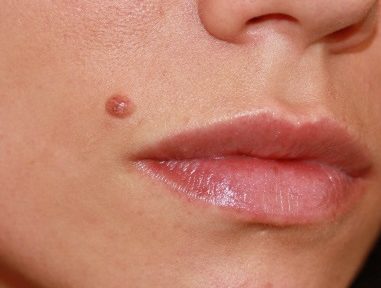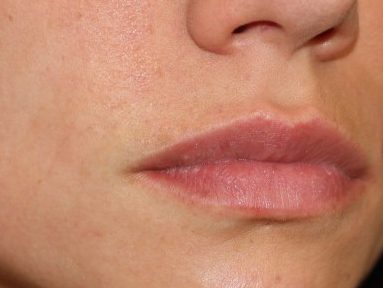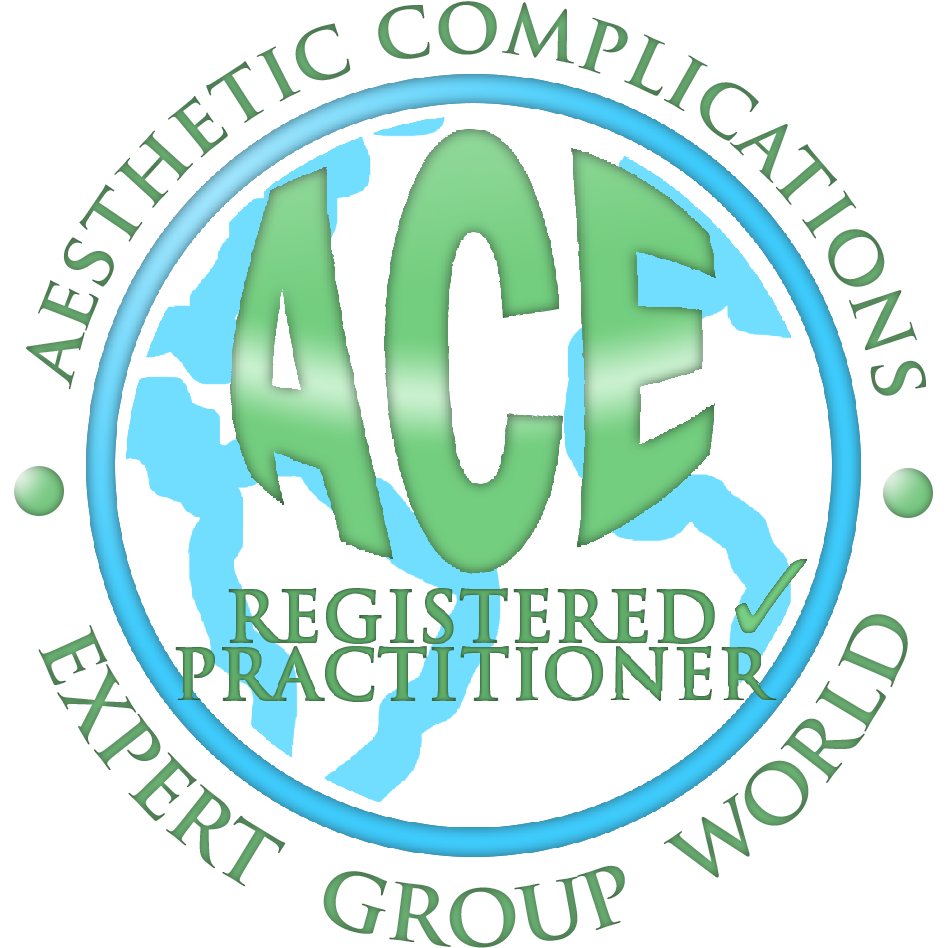Cryopen
Warts and all!
Cryopen – The word cryotherapy is derived from the Greek words “cold” and “cure” and is used to describe the medical application of extremely low temperatures to treat a variety of skin lesions.
Cryotherapy has been used in medicine for many years and offers the most successful, safe, reliable and effective treatment for many clients with less likelihood of scarring or recurrence than some other treatment methods. The procedure can be carried out after an initial consultation and only takes a few minutes. Often more than one treatment is needed to eliminate a skin lesion.
Many different superficial skin lesions can be treated with cryotherapy including viral warts, seborrhoeic keratosis, actinic keratosis and other benign lesions. It is essential that a correct diagnosis is made before treatment as we do not treat any cancerous lesions as these are more appropriately managed and followed up on the NHS. If a lesion looks suspicious of skin cancer, you will be advised to seek advice from your General Practitioner.
Due to the risk of damage to the surrounding area, treatments in close proximity to important structures such as the eye are avoided. Treatment can take place on the face, scalp or body depending on the type of skin lesion. It is possible to treat several areas in a single session.
CryoPen® is a medical procedure which involves the application of nitrous oxide gas under high pressure to the skin where the unwanted lesions are frozen and destroyed. The tip of the Cryopen® may reach as low as -89oC although the aim is to create a thermal shock to the tissue which involves a rapid drop of temperature. This has the effect of crystallising the contents of the body cells leading to destruction of the skin lesion. The duration of the treatment is dependent on the size and nature of the lesion, but generally each lesion just takes a matter of seconds. It is usual to see a frost or ice-field appear on the top of the lesion during treatment. A ‘freeze-thaw-freeze’ approach is often used when the lesion is frozen, allowed to defrost for a few seconds and then a second treatment applied. Although it is best to try to leave the treated area uncovered, a plaster or simple dressing may be applied if it is in an area which may lead to rubbing and aggravation.
A follow up visit is recommended after 2-4 weeks to assess response to treatment and further application if required. Over the following days, a scab will often form and the lesion may become a little red and angry looking. This will usually resolve over 1-4 weeks and the area remaining will often return to normal, although it is possible to develop a small area of scarring or change in skin colour. Lesions treated on the legs often take a little more time to heal. It is important not to pick at the scab as this may lead to scarring.
The safety of cryotherapy has long been established and the risk of complications is lower than many other treatments.
No anaesthetic is required for cryotherapy and it is usually very well tolerated with only minimal discomfort. During the procedure, mild discomfort may be experienced that is similar to the pressure with a ball point pen on the skin although pain can be more intense as more freezing is applied. There is sometimes some residual stinging after treatment which may last for several minutes. Following the treatment, the skin lesion will become red and sore, there may be some blistering and occasionally a scab may form. If a deeper freeze is required, this can sometimes cause a greater degree of pain which may be immediately following treatment and for a variable time afterwards. Simple analgesia can be taken if necessary.
Cryotherapy is considered a low-risk procedure however following treatment, there may be some pigment change seen at the treated area. The area may become lighter (hypopigmentation) or darker (hyperpigmentation) than the surrounding skin. Often pigment changes will improve over a number of months although they can sometimes persist indefinitely. The risk of pigment change is higher with darker skin types.
When a skin lesion is located near a superficial nerve (such as the fingers, wrists, behind the ears), following treatment there may be some nerve damage. This may result in numbness, tingling or hypersensitivity. Reports suggest that nerve damage will often resolve within several months.
As hair follicles are easily damaged by cryotherapy, it is not unusual for there to be an area of alopecia (baldness) in the area that has been treated,
Although the CryoPen® is very accurate, as the freezing effect spreads out, there may be some minor damage and inflammation to surrounding skin to ensure that the whole lesion is successfully treated.
Following the treatment, it is normal to experience a residual stinging which can last for up to an hour. After this, the area will often become a little red, swollen and sore and a blister may develop. There may be some weeping from the wound and a scab may develop. It is important not to pick at the wound as this may result in scarring. As the wound heals, the skin lesion will diminish or disappear. A follow up appointment will be made and further treatment applied if necessary. Sometimes the original skin lesion may reappear over time and require further treatment.
If you have any concerns that the wound may look infected (increasing redness or pain, yellow discharge or pus) then we would ask you to book an appointment with us for a review at the earliest opportunity.
CryoPen® is a medical procedure which involves the application of nitrous oxide gas at a temperature of -89oC to freeze and selectively destroy unwanted skin lesions.
Following the treatment, it is normal to experience a residual stinging which can last for up to an hour. After this, the area will often become a little red and sore and a blister may develop. There may be some weeping from the wound and a scab may develop. It is important not to pick at the wound as this may result in scarring. We do not recommend covering the area with a dressing or plaster unless we have otherwise advised you to do so. If you have any concerns that the wound may look infected then we would ask you to book an appointment with us for a review at the earliest opportunity. Healing will tend to occur over a 1 to 6 week period and more than one treatment is often needed.
During the healing process, the treated area may develop some pigment change, either darker (hyperpigmentation) or lighter (hypopigmentation). This will generally improve over a period of a few months but sometimes may persist indefinitely. If pigment change occurs, we recommend you book a review appointment with us so that we can advise you accordingly.
Rarely freezing can cause some irritation to some of the small nerves in the skin and lead to an area of numbness, tingling or hypersensitivity. These symptoms will generally improve over a period of weeks or months but if the sensation is problematic, it is best to book an appointment to discuss with the practitioner.
“My days of wearing dark clothing and T-Shirts under my shirts have vanished, I can go into my meetings now looking and feeling great and not having to worry about wearing shirts or lifting my arms, I LOVE IT!!!” Karl, Lichfield.


| Treatment Name | Price List |
|---|---|
| Single lesion treated with CryoPen | £50 |
| Additional lesions treated at the same time | £25 |











